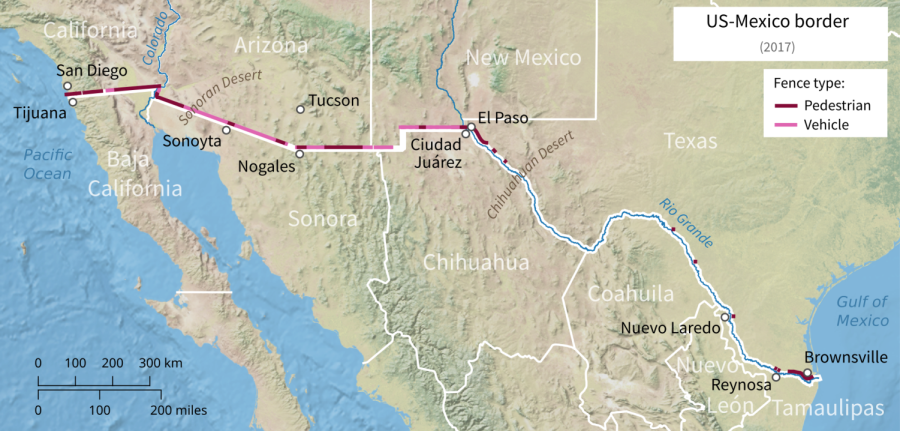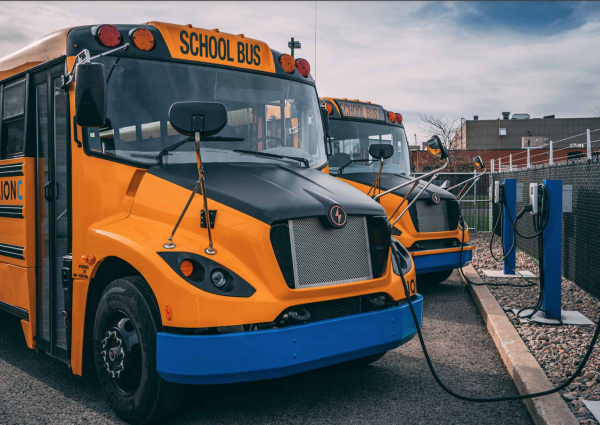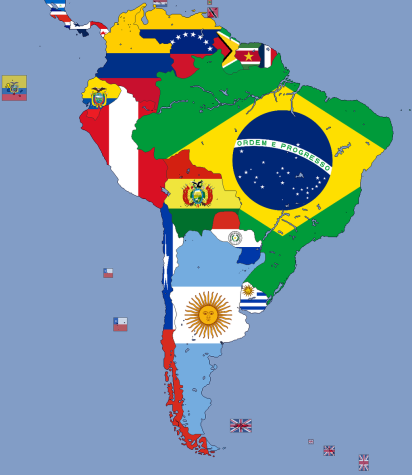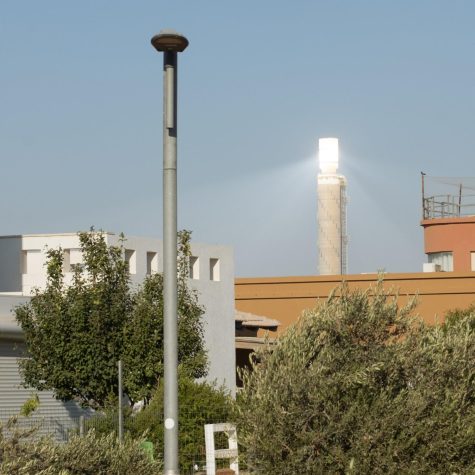What is Title 42? What does its expiration mean to us?
You may have overheard your parents talking about it. You may have seen clips on the news. You may have read about it in the paper (if you read the paper). It seems to be a big deal, a huge deal in fact, but what is Title 42, and what does its expiration mean?
Immigration has become extremely politicized. It can be difficult to weed out fiction from fact when researching.
If you’re like me, you are not caught up on politics or current events, but you want to be. So, in this article, I will be explaining the U.S- Mexico border Crisis and Title 42.
On May 11, Title 42 expired. Title 42 was a Trump-era policy implemented during the pandemic in 2020 which said that authorities would be allowed to swiftly expel migrants from the U.S. before they even had a chance to apply for asylum on the basis of limiting the spread of the Coronavirus.
Another anti-migration plan, Trump’s “Remain in Mexico” program (2019), was previously terminated. “The “Migration Protection Protocols” (MPP)—known as the “Remain in Mexico” program—sends asylum seekers arriving at ports of entry on the US-Mexico border back to Mexico to wait for the duration of their US immigration proceedings. Since then, more than 60,000 asylum seekers have been sent back to Mexico, where they live in poor conditions—many in makeshift tent camps, face violent crime and kidnapping, and depend on support from volunteers.”(“Living in a Tent Camp on the US/Mexico Border: The Experience of Women and Children in Matamoros, Mexico” Virginia.edu).
Both Title 42 and the Remain in Mexico programs have had detrimental effects on asylum seekers. Due to the orders of swift expulsion from the US, immigrants were left displaced on the Mexican side of the border since their implementations. Only yards from the border, tent cities and makeshift shelters were created by asylum seekers who will wait for months on end for the chance to legally cross the border. The city of Matamoros, Mexico, is home to one of the largest tent cities. “Families are sleeping in make-shift tents made of old blankets and broken tree limbs. They are cooking over open fire pits, with portable toilets and piles of trash feet away. It’s primitive. It’s dirty and inhumane. And yet, most of the people we spoke with say they are willing to endure this for a chance to get into the U.S.”(abcnews).
“Since President Joe Biden was inaugurated, there have been at least 13,480 cases of murder, rape, torture and kidnapping related, at least in part, to Title 42 expulsions.”(CNN.com)
Why do people want to come to the US?
“Many factors cause people to uproot their families. The most common reasons among Central American migrants are food insecurity, political insecurity, violence, lack of economic opportunity, or some combination of these. Also, the COVID-19 pandemic and impact of 2020 hurricanes Eta and Iota, two of the most powerful storms to hit Central America in decades, have made living conditions worse.”(worldvision.org)
What does the end of Title 42 mean?
The expiration of Title 42 is good news for asylum seekers, who will now have the chance to apply for asylum in the U.S., but this doesn’t come without criticisms.
Although the end of Title 42 sounds great, it is still an extremely long and frustrating process for asylum seekers. The CBP 1 App, according to US Customs and Border Protection, is a “secure” and “easy to use” app for making appointments for interviews to present “protection claims”, but many have criticized the app: “migrants in El Paso and Juárez who spoke to the Tribune said the app routinely crashes as they and thousands of other migrants try to get appointments during a 10-minute window each morning. Others don’t have cellphones to even make the attempt” pbsNewshour “supply doesn’t nearly meet demand”.
Simply getting to the border is extremely difficult. “The level of desperation and vulnerability, however, has remained constant. En route to the border, people face violence, extortion, kidnapping, and sexual assault from gangs, cartels, and government authorities. “They pass through all that, plus they get stuck here,” González said. “They don’t know what to do. And it’s not like, ‘Okay, I’ll just go back’. They cannot go back.”(TheNewHumanitarian.org)
Although there were strong predictions that the number of migrants would increase at the border after the expiration of Title 42, the number has actually decreased. “In the weeks before [Title 42] ended, we’d already seen a huge increase in the numbers of people arriving at the U.S. Southern border. Everyone we talked to then U.S. officials and immigration attorneys and nonprofits, they were all preparing for even bigger numbers, for a bigger surge after Title 42 ended. It didn’t happen. The numbers actually went down. And the big question was why. Well, we found out why today. When we crossed into Mexico and we spoke to people waiting on the Mexican side of the border, there is now a huge backup there, people from Venezuela and Honduras and Columbia and further afield, who say they are now going to wait because of the rule change that U.S. officials have implemented. They know now that the message that U.S. officials have been trying to get across for months now saying the border is not open, saying that if you try to enter without permission, you could be banned from entry, saying you can’t enter without an appointment with a U.S. border official.”pbsnewshour.com
If you are interested in this topic, I strongly encourage you to further research it, but remember that you may need to weed out misinformation, as this topic is highly politicized.













